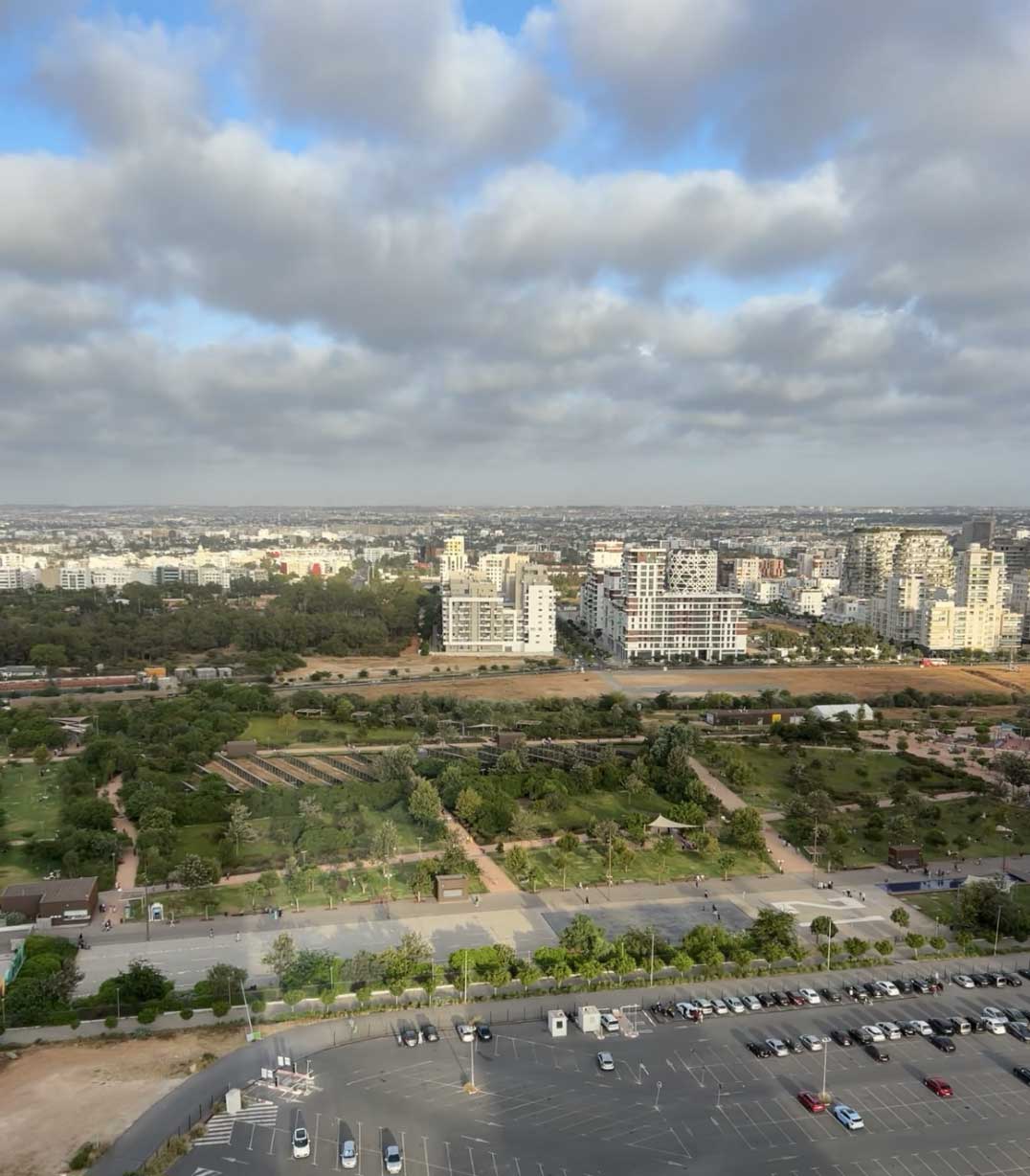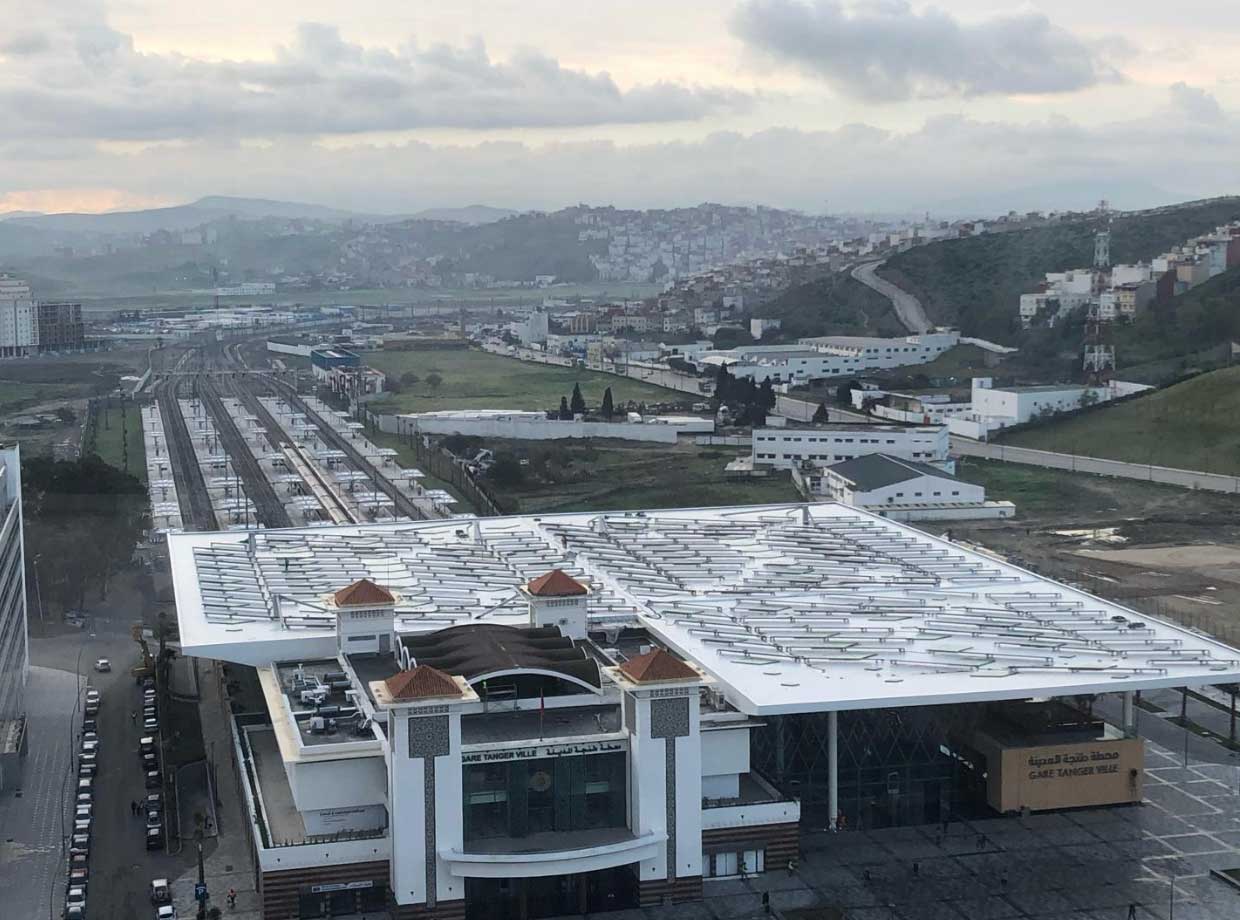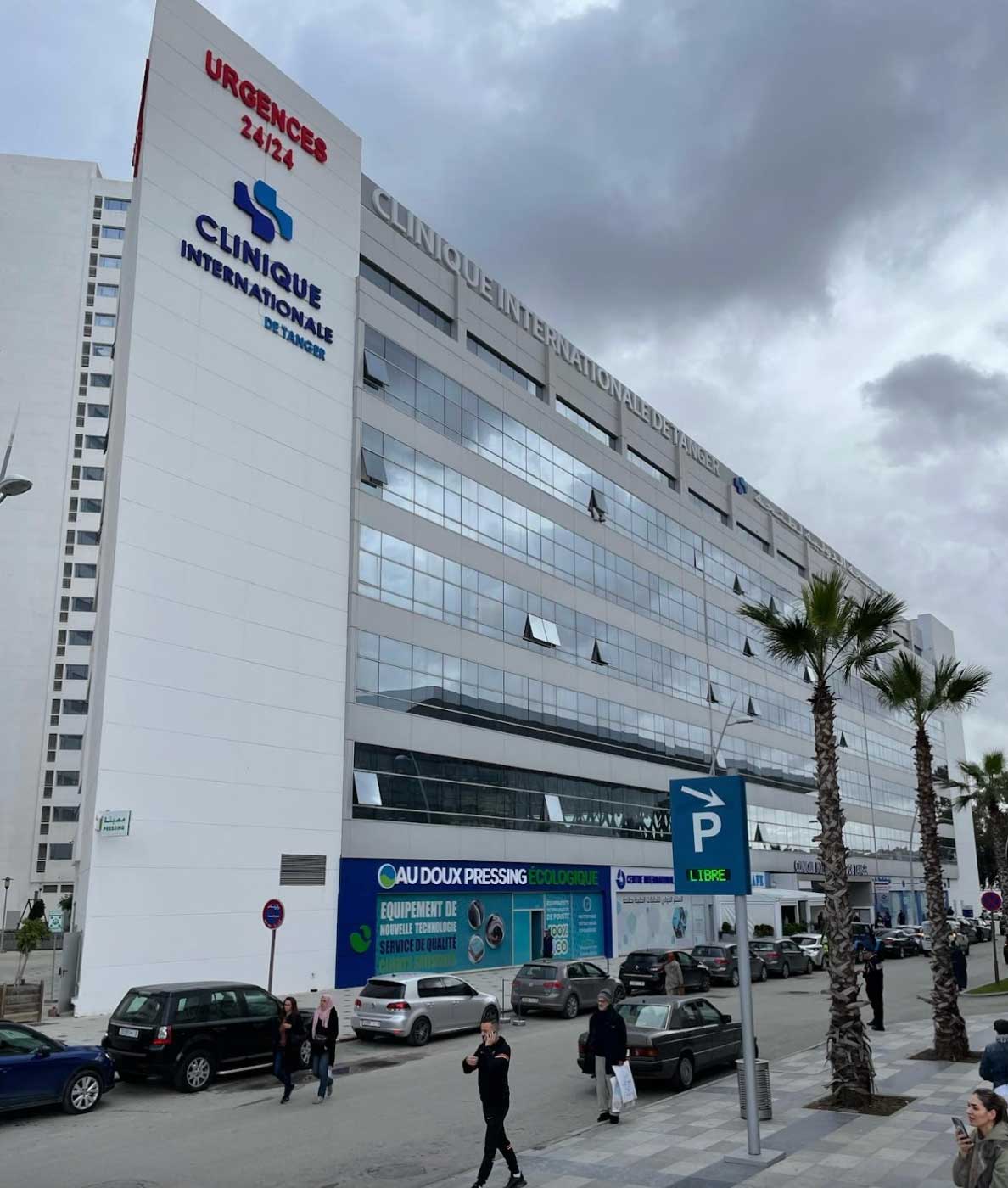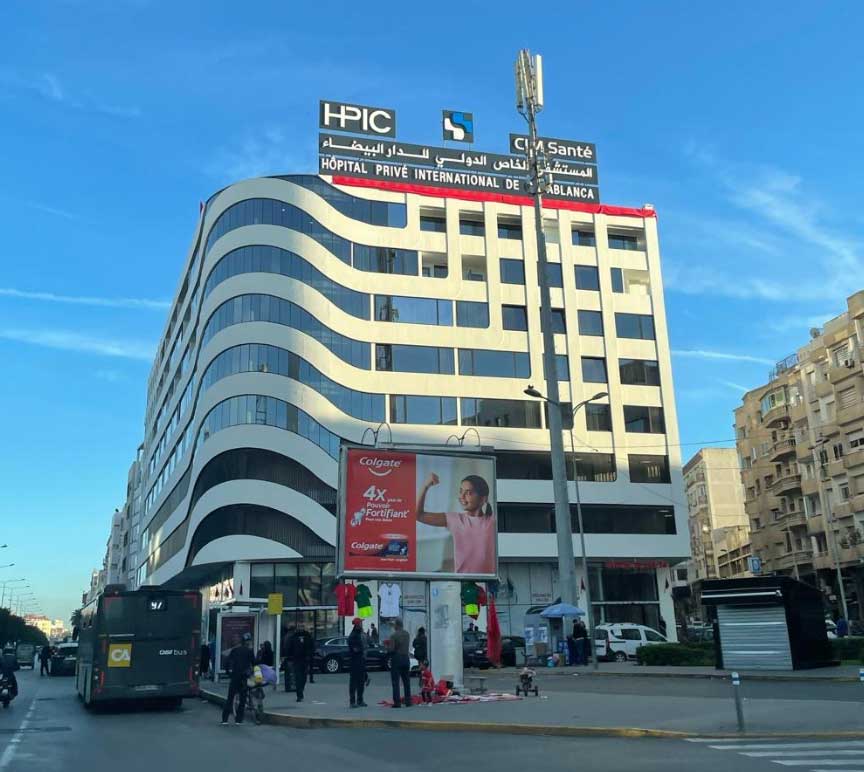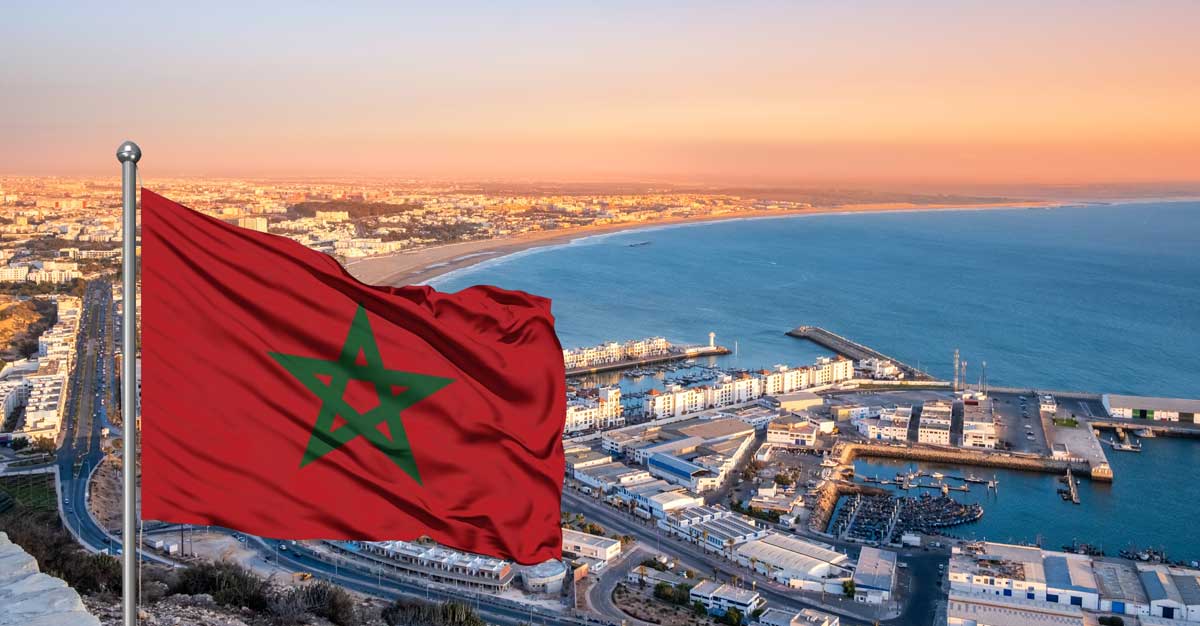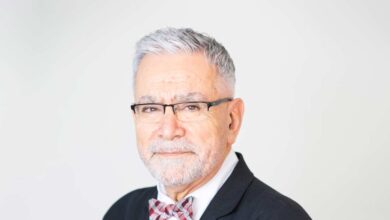Morocco’s Healthcare System 2025: Reforms, Investments, and an Emerging Regional Hub
Mr. Babak Rashnavadi, Founder & Managing Director of B.I.G Consulting B.I.G Consulting is a boutique consulting company specialized in MEA healthcare
Morocco at a Glance: Key Health and Economic Indicators
Morocco, a North African nation of around 37 million people, has been rapidly transforming its healthcare landscape in recent years . The country’s economy reached roughly $165 billion GDP in 2025 (nominal) , and health sector spending has been rising significantly. Current health expenditure stands at about 5.7% of GDP . This translates into growing government health budgets – from MAD 19.7 billion ($1.9 billion) in 2021 to MAD 32.6 billion ($3.2 billion) projected in 2025, a 65% increase. Health outcomes have steadily improved. Crucially, Morocco has also expanded medical coverage to the vast majority of its citizens. By 2022, an estimated 78% of Moroccans were covered by health insurance, up from just 15% in 2005 . This dramatic expansion of health insurance coverage is a cornerstone of Morocco’s recent reforms, underpinning ambitious efforts to achieve universal health coverage (UHC) by 2025.
Ambitious Reforms: Toward Universal Health Coverage and Modernized Care
Complementing UHC, Morocco has pursued structural reforms to modernize the health system’s governance, workforce, and infrastructure. In 2022, a package of new health laws was introduced, outlining four key pillars of reform: (1) improved governance with a stronger regional structure, (2) development and support of human resources, (3) expansion and upgrading of medical services (especially hospitals), and (4) integration of digital technologies in healthcare . These priorities are enshrined in a new framework law that treats health as a strategic sector for Morocco’s socio-economic development . “Overhauling the national health system stands as a strategic pillar in the country’s push for socio-economic transformation,” Prime Minister Aziz Akhannouch affirmed in mid-2025 .
Hospital expansion plans form a central part of these reforms. The Ministry of Health’s National Healthcare Plan 2025, launched with a budget of $2.5 billion, earmarked about $1.5 billion to increase hospital capacity . Morocco currently operates 6 university hospital centers (CHUs) in major cities (Rabat, Casablanca, Fez, Oujda, Marrakech, and Tangier), alongside 159 public hospitals nationwide . To relieve overcrowding and broaden access, authorities have announced projects to build 8 new regional teaching hospitals, 4 new university hospitals, and 29 provincial urgent-care hospitals over the next decade . These expansions will add thousands of beds. For example, just three regions (Al Hoceima, Rabat, and Agadir) are slated to gain 3,354 hospital beds with a budget of $1.1 billion, while 21 existing regional and provincial hospitals will be rehabilitated to add another 3,254 beds with $440 million in funding . Such investments, coupled with upgrades of existing facilities, aim to boost the quality and availability of care, especially outside the urban centers.
Digitization is another pillar of Morocco’s health overhaul. The government is investing in e-health and information systems to improve efficiency and patient experience. A nationwide integrated health information system is being rolled out to connect hospitals and clinics . Electronic medical records and telemedicine services are being introduced in line with the “Health Digital Transformation” agenda. Indeed, ICT and telehealth solutions were highlighted as a leading sector in Morocco’s healthcare market, with the Ministry encouraging e-medicine platforms, digital patient records, and health data systems .
Crucially, the reform program addresses the health workforce policy to resolve chronic staff shortages. The government has expanded medical and nursing training programs and even revised medical education paths to accelerate physician output. Remarkably, Morocco opened the door for foreign doctors to practice in the country by reforming its medical law in 2023, aiming to recruit international physicians amid a global competition for medical skills .
Rising Private Healthcare Players: Akdital, CIM Santé and Others
Morocco’s private healthcare sector has seen remarkable growth, led by a few key groups that are expanding networks of clinics and hospitals. Akdital Group, in particular, has emerged as the country’s largest private healthcare provider, riding a wave of investment to broaden its footprint. Founded in 2011, Akdital went public on the Casablanca Stock Exchange in late 2022 and has been on an aggressive expansion path ever since. As of early 2025, Akdital operates 36 healthcare facilities across 21 cities, offering a total of around 4,100 beds and employing some 7,500 healthcare professionals . This represents explosive growth – the company had just 912 beds in 2021, meaning capacity has quadrupled in a few years . In 2024 alone, Akdital inaugurated 12 new clinics and hospitals, nearly tripling its number of establishments and raising its bed count from 2,300 to over 3,700 beds (+60%) . These new facilities extended Akdital’s reach to 19 cities (up from 9), including secondary cities like Khouribga, Essaouira, Tetouan, Errachidia, Taroudant, Dakhla, Kenitra, Benguerir, and Meknès . The network spans general hospitals, specialized centers (oncology, cardiology), and advanced surgical centers, reflecting a strategy to provide comprehensive services under the Akdital brand.
Another prominent player is CIM Santé Group, Morocco’s third-largest private health group (after Akdital and the oncology-focused Oncorad) . Founded in 1994, CIM Santé built its reputation in specialized care (notably cardiac care) and has grown steadily through partnerships. Over the years, CIM Santé expanded its capacity, establishing a presence in major cities Casablanca, Rabat, Marrakech, and Tangier. As of 2024, CIM Santé has been actively expanding via acquisitions – it purchased three clinics from the French group Elsan in early 2024 (Clinique Ville Verte in Bouskoura, Clinique des Oliviers in Settat, and Clinique Al Farabi in Casablanca) to quickly increase market share . CIM’s strategy aligns with Morocco’s rural health priorities: it aims to expand into secondary cities and regions that lack private clinics, thereby complementing public services. The group also envisions eventually entering other African markets, building on Morocco’s growing status in the continent. With a legacy in cardiology and a broadened scope, CIM Santé positions itself as a cornerstone of Morocco’s private healthcare sector, leveraging both leadership and international investor support to compete with the sector’s frontrunners.
Other private healthcare actors further enrich the landscape. Oncorad is a leading oncology and radiotherapy network that has partnered with investors to establish cancer centers across Morocco, responding to a rising incidence of chronic diseases. Polyclinique ATLAS and the Sheikh Khalifa Bin Zayed Hospital in Casablanca (a UAE-Morocco joint venture teaching hospital) are examples of prominent private institutions offering tertiary care. Even foreign hospital groups have shown interest: for instance, Saudi’s SAMA Health and Turkey’s Acibadem have explored projects in Morocco, attracted by the growing market and the government’s openness to foreign capital. In total, Morocco’s private sector now encompasses over 400 clinics and hospitals with more than 14,500 beds, accounting for roughly half of the country’s doctors . Concentrated historically in the Casablanca-Rabat axis, these providers are gradually spreading into mid-sized cities. They not only bring additional capacity and specialized services, but also inject innovation and competition that can elevate healthcare standards overall. For investors and healthcare operators, Morocco presents a dynamic environment where public needs and private opportunities are increasingly aligned through supportive policies and co-investment initiatives.
Persistent Challenges: Workforce, Financing Gaps, and Equity Issues
Despite clear progress, Morocco’s healthcare system in 2025 still faces significant challenges that demand sustained attention. One of the most pressing is the shortage of human resources for health. The country counts around 28,000 doctors in practice (public and private combined) , but needs thousands more to achieve adequate coverage. Worse, Morocco struggles with a brain drain of physicians and nurses. Each year, an estimated 600 to 700 doctors leave Morocco to work abroad (often in Europe or North America) for better pay and conditions. This exodus exacerbates the personnel deficit at home, especially in specialized fields.
Financing gaps also pose a challenge. While government spending is up, total health expenditure per capita (around $220) remains relatively low for Morocco’s income level . Out-of-pocket payments still account for a large share of health financing, burdening families. Many Moroccans, particularly in the middle class, use private pharmacies and clinics paid from their own funds, leading to financial hardship in cases of serious illness. The push toward UHC aims to mitigate this, but as of 2025, not all newly insured individuals are fully benefiting; some services and medications still require co-pays or are not easily accessible.
Infrastructure and equipment disparities also persist. Even with new hospitals underway, some existing public hospitals have aging infrastructure and equipment shortages (from basic imaging machines to ICU beds).
In summary, Morocco’s healthcare system in 2025 is in a phase of robust growth and reform, yet it must overcome human resource shortages, financial constraints, and inequities to fully realize its goals. The political commitment at the highest levels is evident (health reform is now enshrined as a pillar of the national development strategy ), and significant investments are underway.
Toward a Regional Healthcare Hub: Sports Events and African Partnerships
Morocco’s healthcare ambitions extend beyond its borders, as the country leverages major events and diplomatic partnerships to become a regional hub for medical services in Africa. In 2023, Morocco was selected to host the 2025 Africa Cup of Nations (AFCON), and it will also co-host the 2030 FIFA World Cup (alongside Spain and Portugal) . These high-profile sporting events have catalyzed a broader upgrade of infrastructure that includes not just stadiums but also health and safety systems. Ahead of AFCON 2025 – which will take place across six cities – Morocco launched 120+ construction and renovation projects in host cities, from new roads and airports to city hospitals and emergency response centers . The government is keenly aware that hosting thousands of athletes and fans requires robust medical preparedness. Host cities like Casablanca, Marrakech, and Agadir have bolstered their emergency medical services, increasing ambulance fleets and setting up dedicated clinic outposts near stadiums. Temporary medical units and trauma centers are being put in place for the tournament period, many of which will remain as a legacy to serve local populations afterward. This “dress rehearsal” for world-class events is effectively pressure-testing Morocco’s health system capacity under global scrutiny, pushing it to meet international standards. By the time the 2030 World Cup arrives, Morocco aims to have a fully modernized emergency care network and internationally accredited hospitals in all major cities, ready to tend not only to its citizens but to visitors and even VIP sports teams if needed.
Beyond physical infrastructure, Morocco is positioning itself as a medical destination for the broader African region. Thanks to relatively advanced facilities and skilled specialists, Morocco has seen a growing influx of patients from other African countries seeking treatment. For instance, some privat groups report that they have established partnerships to facilitate medical evacuations from sub-Saharan Africa to their hospitals in Morocco. Specialized services such as interventional cardiology, oncology, and organ transplants in Morocco attract patients from West and Central Africa who might otherwise travel to Europe at much higher cost. Recognizing this trend, Morocco’s Ministry of Health created an international cooperation unit to formalize “health tourism” and referral agreements. Dozens of bilateral health agreements have been signed with African countries.
All these developments feed into Morocco’s emerging identity as a regional healthcare hub. With upgraded hospitals, a burgeoning private sector, and active cross-border partnerships, Morocco is increasingly providing advanced medical services to its neighbors. This could have significant economic upside: medical tourism and regional referrals can bring in foreign exchange and create high-skilled jobs domestically. For example, Casablanca’s Mohammad VI University Hospital – a massive 25-story medical and academic complex under construction – is planned as a center that will attract patients from Africa and train specialists from across the continent . Furthermore, such a hub role aligns with Morocco’s diplomatic strategy of African solidarity, using soft power in healthcare to deepen ties with fellow African nations. As a senior health official noted, Morocco sees “health sovereignty in Africa” as crucial, and aims to contribute by sharing its experience and expanding access to care solutions “by Africans, for Africans” .
Conclusion
In 2025, Morocco’s healthcare system stands at a transformative juncture. The kingdom has launched an unprecedented drive to achieve universal health coverage, modernize hospitals, digitize health services, and boost its healthcare workforce, backed by billions in new funding and a raft of reforms. By integrating insurance schemes and investing heavily in facilities and human capital, Morocco is laying the groundwork for a more accessible and equitable health system. These efforts have already expanded health insurance to the vast majority of citizens and begun to reduce historical disparities in care. The private sector’s robust growth, illustrated by groups like Akdital and CIM Santé, complements public investments and offers new avenues for partnership and innovation. For investors and healthcare companies, Morocco today presents a dynamic, growing market with strong government support – from public-private partnership opportunities in hospital projects to a clear demand for pharmaceuticals, medical equipment, and health tech solutions.
However, the journey is ongoing. Challenges such as doctor shortages, financing gaps, and rural access inequalities persist, meaning the impact of reforms will take time to be fully realized on the ground. The government’s commitment to increasing health budgets and implementing structural changes must continue over the long term, coupled with attention to improving service quality and retention of health professionals. As Morocco addresses these internal challenges, it is simultaneously embracing a larger role on the regional stage – positioning itself as a healthcare hub for Africa through regional initiatives and the momentum of events like AFCON 2025 and the 2030 World Cup. The upgrades in infrastructure and emergency preparedness for these events will leave a lasting legacy for Morocco’s health system, while the country’s outreach via training and treatment partnerships is elevating its profile in African healthcare development.
For Arab Hospital Magazine’s readers and the wider investment community, Morocco’s health sector in 2025 offers a compelling story of reform and opportunity. The combination of strong political will, increased funding, and vibrant private-sector engagement is driving improvements that few would have imagined a decade ago. As one of Africa’s most stable and strategic economies, Morocco is arguably becoming a model for health system reform in the region – carefully balancing public and private roles, expanding coverage, and integrating its health goals with its broader development vision. There is a cautious optimism that, if Morocco stays the course, the coming years will see not only better health outcomes for Moroccans – longer lives, financial protection, and higher quality care – but also the rise of Morocco as a regional center where medical innovation and cross-border healthcare collaboration thrive.
Sources: Moroccan Ministry of Health and Social Protection; World Health Organization (WHO) and World Bank data; International Monetary Fund (IMF) reports; Morocco World News and 7News Morocco reports; International Trade Administration – Morocco Healthcare Guide; Pathfinders UNESCWA policy brief on UHC in Morocco; company releases from Akdital and CIM Santé; official statements by Moroccan officials and partners .
